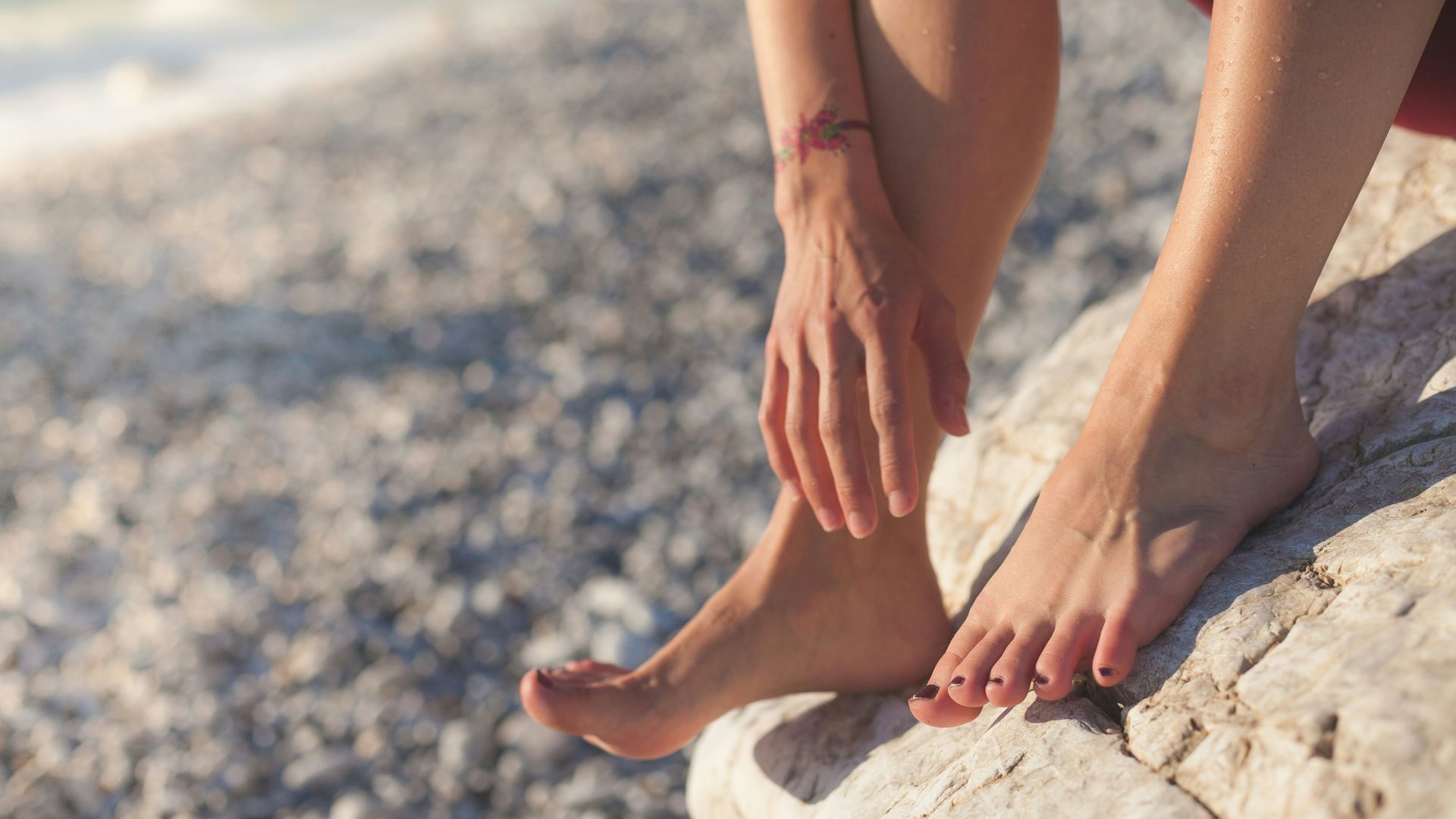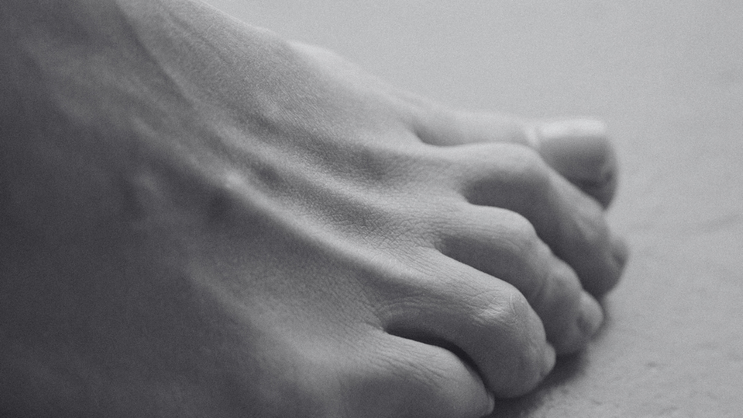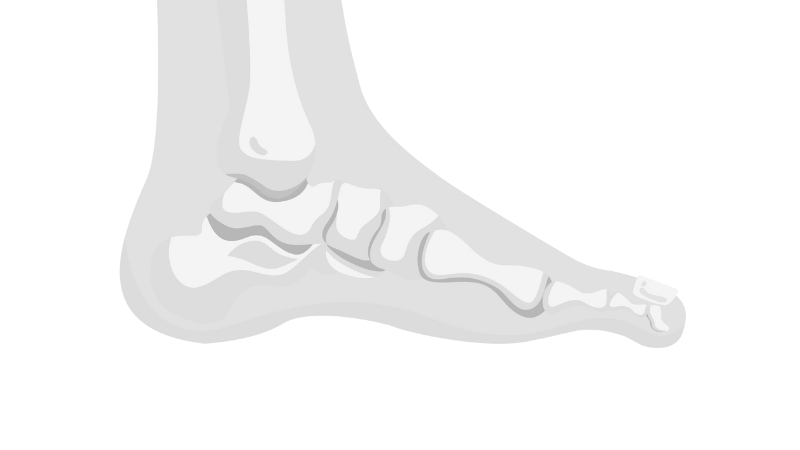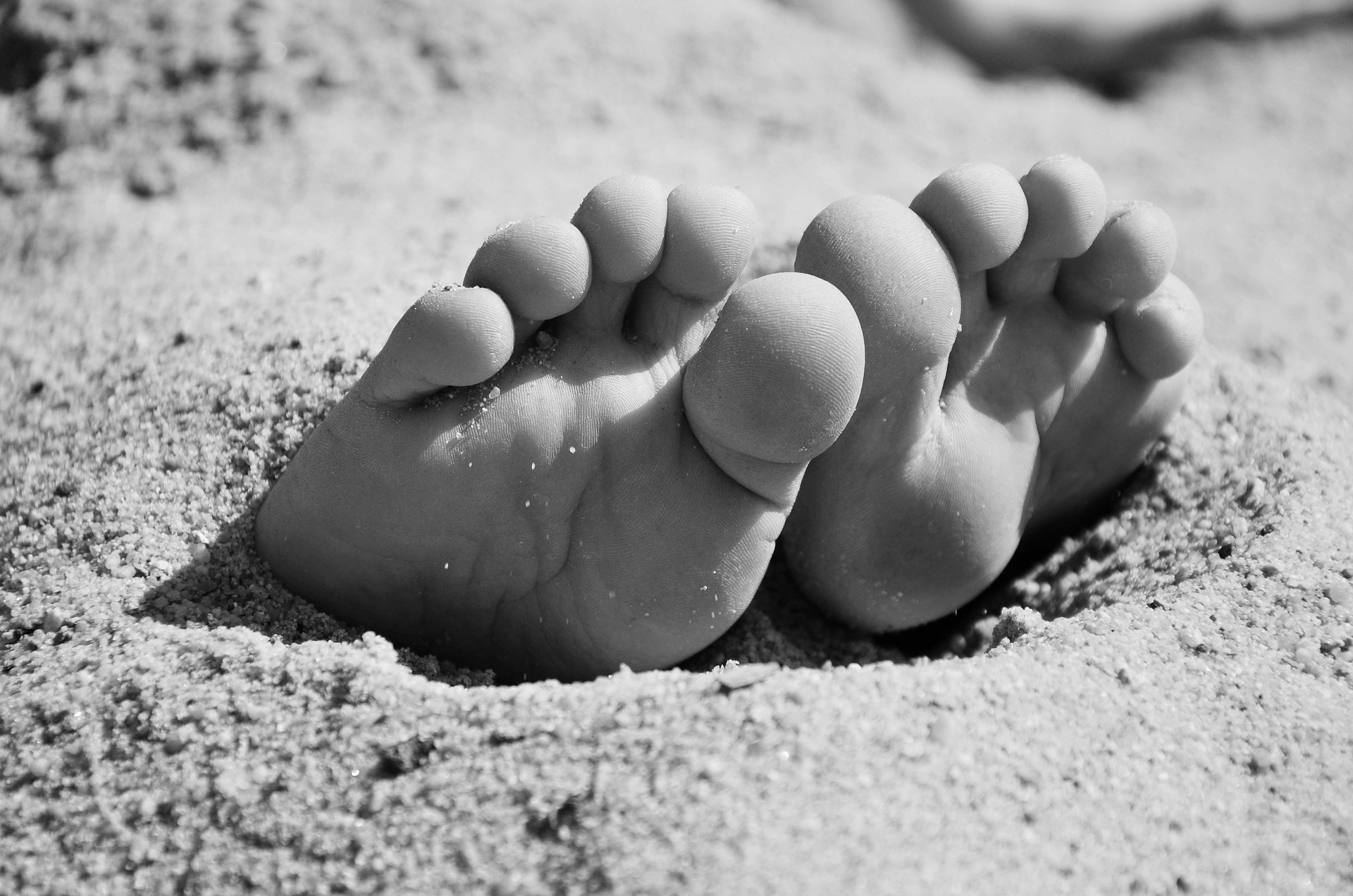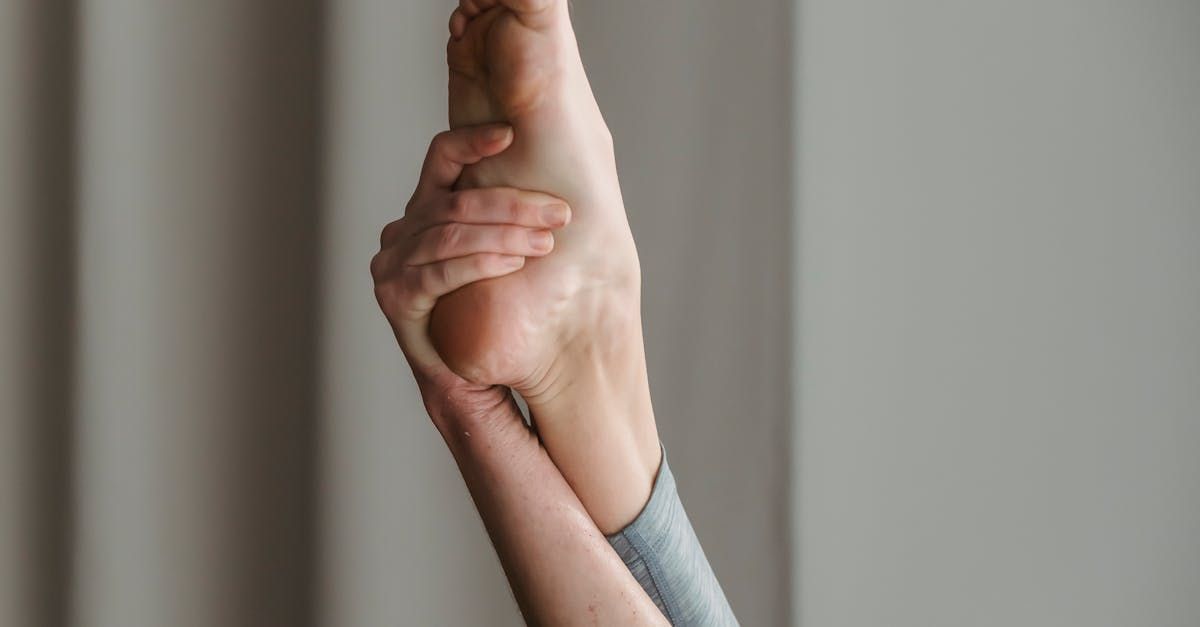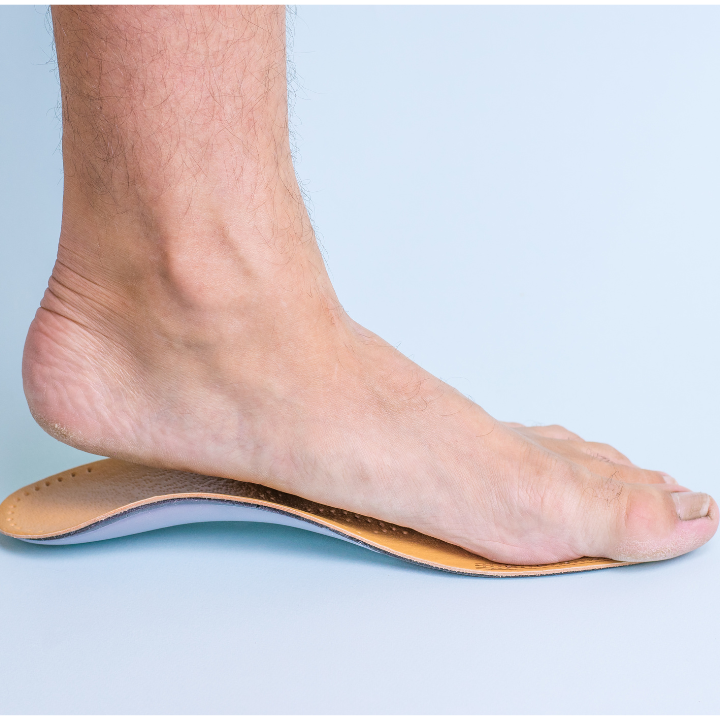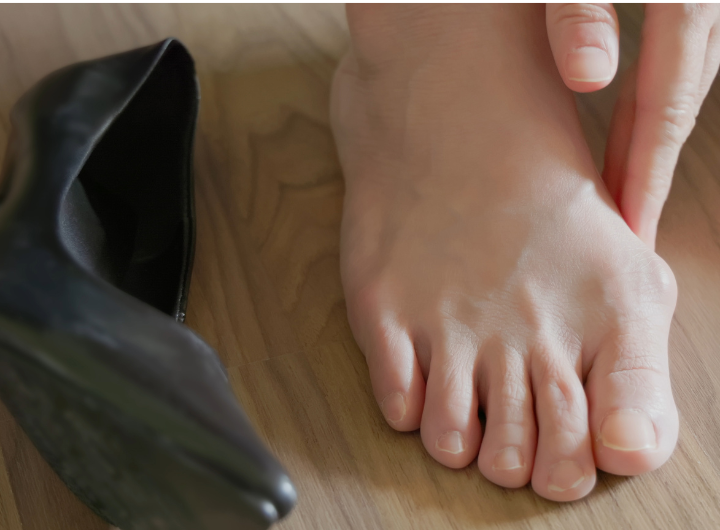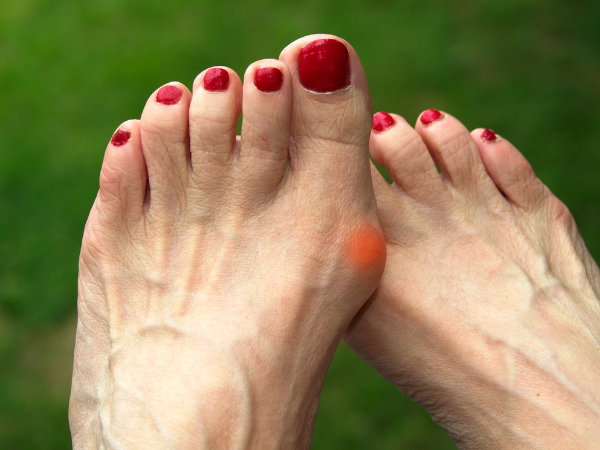September 18, 2025
Disclaimer: The information provided in this article is for educational purposes only and does not replace professional medical advice. For personalised guidance or treatment adjustments, please schedule a consultation with Ankle & Co or contact us for tailored support. Running has surged in popularity as a means to maintain fitness and enhance overall well-being, offering both physical and mental benefits. However, foot pain is a common challenge for many runners, often hindering enjoyment and, in some cases, signalling potential injury. This article outlines the primary causes of foot pain associated with running and provides practical solutions to ensure comfort and safety. For expert care, consider booking a consultation at Ankle & Co, based at Nuffield Health Leeds or one of our NHS clinics in Leeds. Common Causes of Foot Pain After Running Inappropriate Footwear Wearing unsuitable running shoes is a leading cause of foot discomfort. Shoes that lack proper fit, support, or cushioning—or are overly worn—can contribute to various foot issues. Additionally, loose or unstable shoes heighten the risk of slips, particularly on uneven UK running paths. Solution : Invest in running shoes tailored to your foot type and gait, ensuring adequate cushioning and arch support. The current market offers excellent options for diverse foot conditions, including support for knee or ankle concerns. Replace shoes every 300–500 miles to maintain optimal support. Biomechanical Issues: Overpronation or Supination Your running mechanics significantly influence foot health. Overpronation (excessive inward foot rolling) or supination (outward rolling) can strain the feet, leading to pain in the arches, heels, or ankles. Solution : Visit a running store for a professional gait analysis to identify overpronation or supination. Examine your shoe soles for wear patterns—inner sole wear suggests overpronation, while outer wear indicates supination. Custom orthotics and targeted foot-strengthening exercises can help correct these issues. Stress Fractures Stress fractures, small cracks in foot bones, often result from repetitive impact, particularly in novice runners who increase mileage too quickly. These fractures cause localized pain that worsens with activity. Solution : If you suspect a stress fracture, consult a medical professional promptly to prevent further damage. Treatment typically involves rest, and in some cases, a protective boot or crutches may be necessary to reduce pressure on the affected area. Plantar Fasciitis Plantar fasciitis occurs when the plantar fascia, a thick band of tissue along the foot’s sole, becomes inflamed, causing sharp heel or arch pain, often most intense post-run. Solution : Regular calf and plantar fascia stretches before and after running can alleviate discomfort. Icing the affected area, using supportive orthotics, and choosing appropriate footwear can also help. Persistent symptoms may require rest to reduce inflammation. Metatarsalgia Metatarsalgia involves pain and inflammation in the ball of the foot, often triggered by running on hard surfaces or wearing shoes with inadequate cushioning. Solution : Opt for well-cushioned shoes and consider adding metatarsal pads to relieve pressure. Reducing mileage or switching to softer running surfaces can also minimise irritation. Tendonitis Tendonitis, particularly in the Achilles tendon or other foot tendons, results from overuse, leading to irritation or inflammation. This condition can cause discomfort during or after running. Solution : Rest and ice the affected area to reduce inflammation. Strengthening exercises and proper running form can prevent recurrence, while avoiding overuse is key to long-term recovery. Blisters and Calluses Blisters and calluses, common among new runners, arise from friction due to ill-fitting shoes or running in hot, humid conditions. New shoes are particularly prone to causing blisters. Solution : Ensure shoes fit correctly and wear moisture-wicking socks to minimise friction. Break in new shoes gradually, avoiding long runs initially. If blisters form, keep them clean and covered to prevent infection, and seek medical attention if signs of infection appear. Preventive Strategies for Pain-Free Running Effective foot care extends beyond the run itself. Incorporate these strategies to minimise injury risk and enhance your running experience: Warm-Up and Stretch : Always warm up before running and perform post-run stretches to improve flexibility and reduce injury risk. Refine Running Form : Explore online resources or consult professionals to optimise your running technique for greater comfort and efficiency. Get a Gait Analysis : A professional gait assessment helps identify your foot type and running style, guiding shoe selection and form improvements. Listen to Your Body : Stop running if you experience pain to avoid exacerbating potential injuries. Gradual Progression : Increase mileage slowly, especially as a beginner, to prevent overwhelming your feet. Cross-Training : Incorporate low-impact activities like swimming or cycling to reduce repetitive stress on your feet while maintaining fitness. Conclusion Foot pain after running can stem from various factors, including improper footwear, biomechanical issues, or overuse injuries. Identifying the cause is crucial for effective treatment and a return to pain-free running. If discomfort persists despite preventive measures, consult a foot and ankle specialist at Ankle & Co to address potential underlying conditions. By prioritising proper footwear, refined running form, and attentive self-care, you can enjoy running’s benefits without discomfort. For personalised advice or treatment, book a consultation with Ankle & Co at Nuffield Health Leeds or one of our NHS clinics in Leeds.


